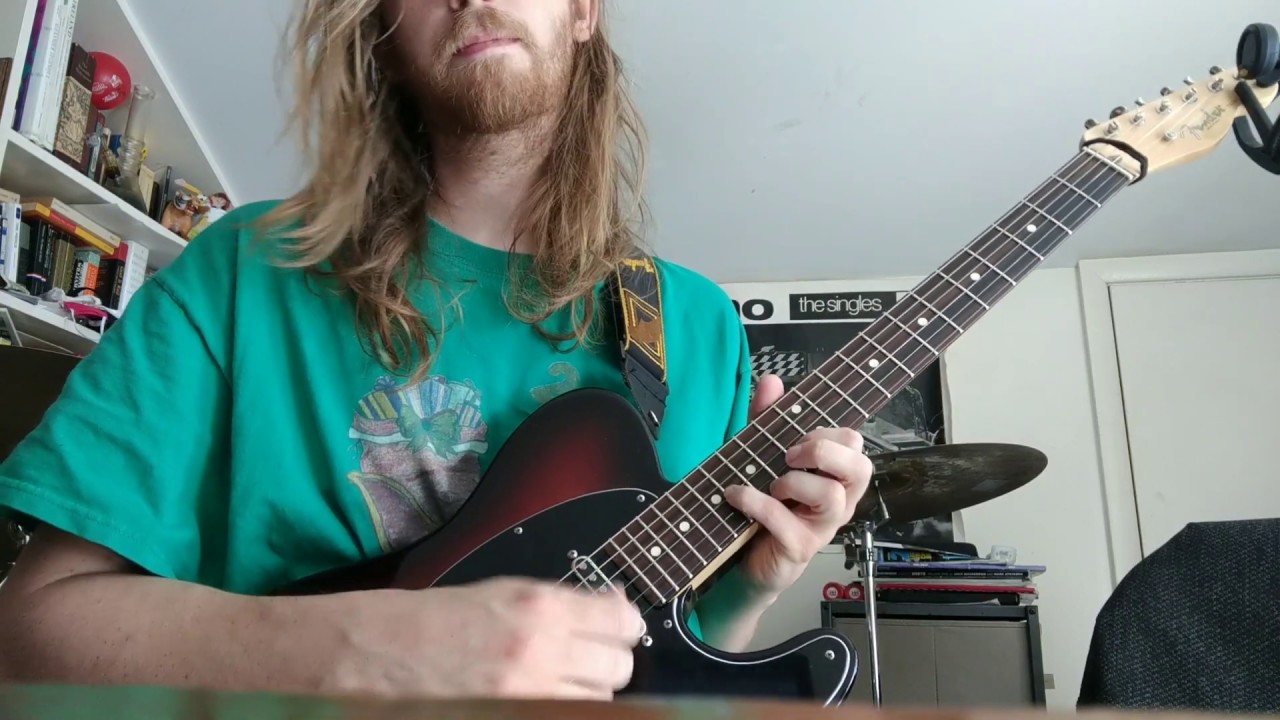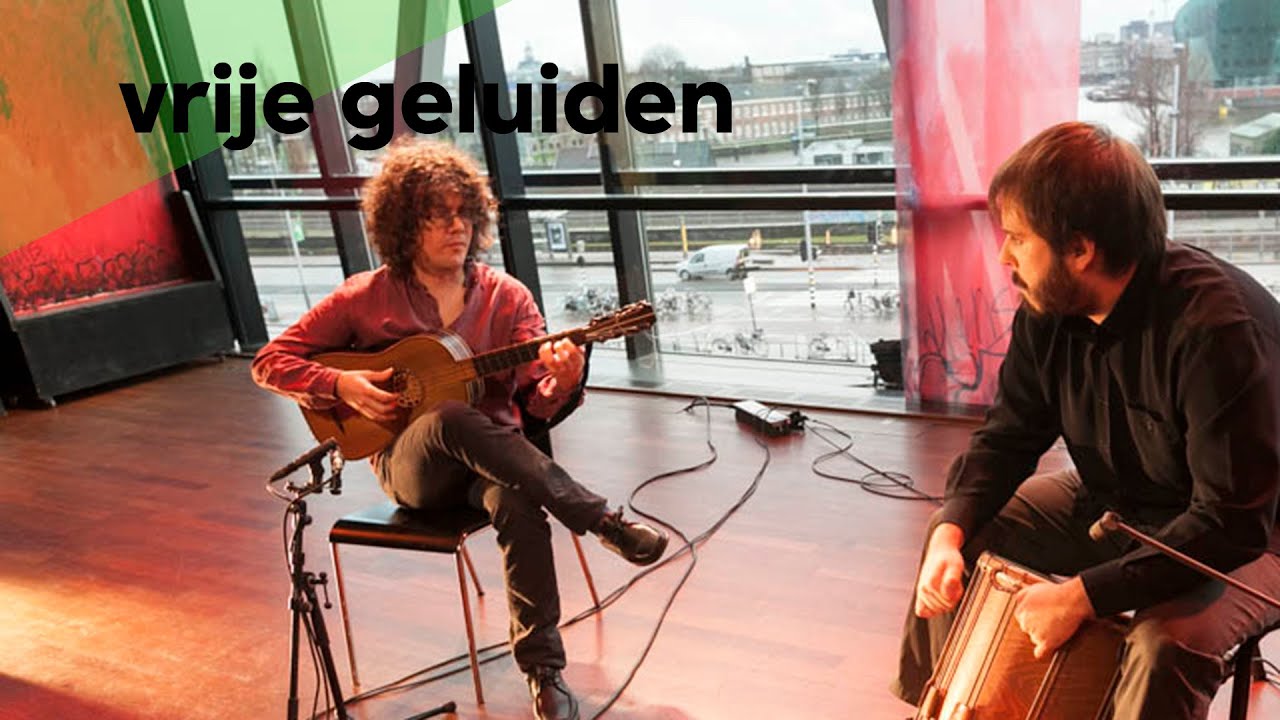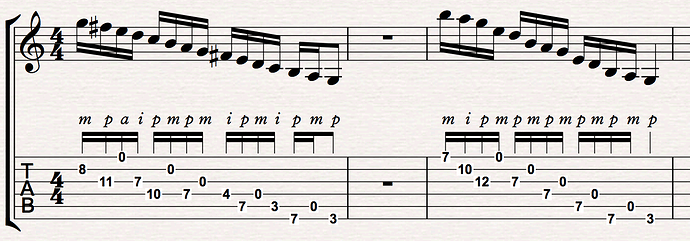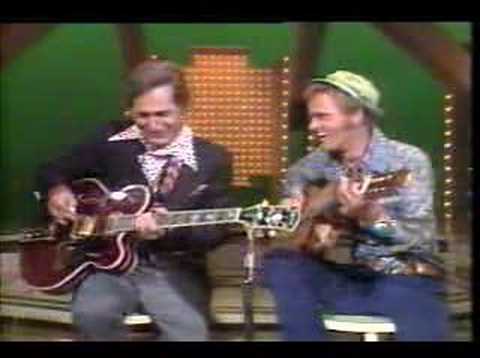Troy’s post yesterday about “What percentage of guitarists are stringhopping” got me thinking a lot about my history with guitar. I never felt like I hit any walls that prevented me from playing what I wanted, but I also never developed good picking chops. So what the heck was I doing? In retrospect, I had a lot of little hacks. A lot of them are just redundant now that I have a better basic picking technique. However, there is one hack that I think has a lot of untapped potential.
In an effort to develop speed playing step-wise lines I started using my fingers and playing arpeggiated chords built in 2nds. I don’t know of anyone else that has done this. If you could show me other players that do this I would honestly love that. Although I think fingerstyle guitar is mostly behind me now that I have CtC picking technique, it might be cool to explore this left hand conception with a Carl Miner style right hand.
I used to have the left hand articulation very dialed in on this stuff so I could play the notes cleanly and “monophonically” or let them ring into each other (I kind of split the difference in this video). That is why I think this technique might actually have a lot of advantages over conventional fingerings in certain situations. The video I posted is from like fifteen minutes ago, so my chops on this aren’t like they were when this was still on my mind. The fastest I ever probably played this stuff was 16ths at 145 (I really wasn’t speed obsessed) but I think it can be pushed MUCH farther
PS The metronome is clicking on 2 and 4 in a quick double time feel. I mention this because:
It’s like the thing mentioned in my metronome post yesterday!
and
I think it might be confusing to listen to if you don’t know this
PPS I really wish I could observe a version of myself that got exposed to shreddy guitar players as a kid. I am really curious what goofy solutions I would have come with. I don’t think I would have figured out the idea of escape motions, but I do think I would have been way more obsessed with clean single note playing






